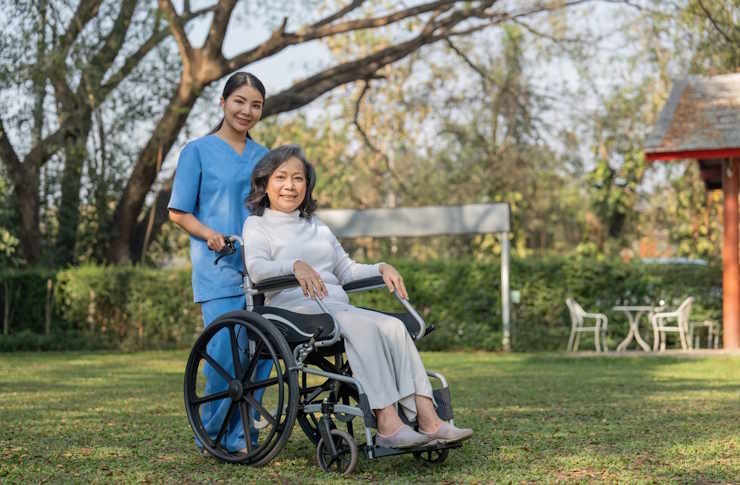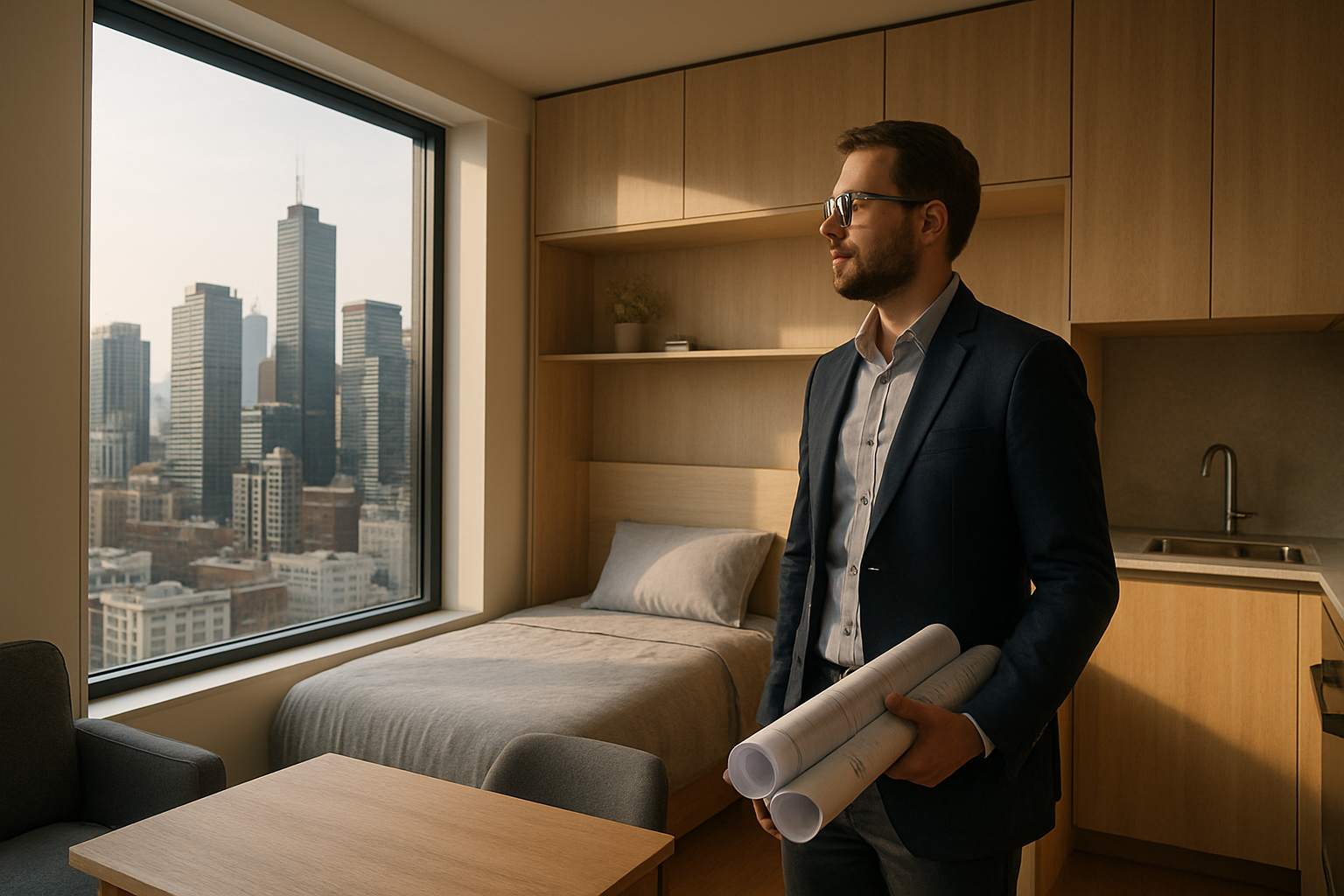Senior Living in the U.S.: Safe, Supportive & Designed for Your Best Years
Choosing the right senior living setting in the United States can feel overwhelming, especially when you are balancing safety, independence, community, and cost. This guide explains the main types of senior living, how communities support residents, what services to expect, and how to think about expenses and comparisons so decisions feel more informed and realistic.

Finding the right senior living option in the United States is about more than a building or a floor plan. It involves levels of care, social life, safety measures, medical support, location, and budget, all tailored to an older adult’s needs and preferences. Understanding the main choices and how they work can make conversations within a family easier and more focused.
This article is for informational purposes only and should not be considered medical advice. Please consult a qualified healthcare professional for personalized guidance and treatment.
What Senior Living Options Are Available in the U.S.?
When people ask what senior living options are available in the U.S., they are usually thinking about how much support is needed today and how that may change over time. Common choices include independent living, assisted living, memory care, continuing care retirement communities, and skilled nursing facilities. Each has a different balance of autonomy, services, and on-site health support.
Independent living communities focus on convenience and social life for older adults who do not need daily hands-on care. Assisted living adds help with tasks such as bathing, dressing, or managing medications. Memory care units are designed for people living with Alzheimer’s disease or other forms of dementia, with extra structure and security. Skilled nursing facilities provide 24-hour nursing care for people with complex medical needs.
How Do You Ensure Safety and Comfort in U.S. Senior Living?
A common concern is how to ensure safety and comfort in U.S. senior living while still preserving dignity. Communities typically use a mix of physical design, staffing, and policies to support this balance. Buildings often include features like grab bars, step-free showers, good lighting, accessible hallways, and emergency call systems in apartments or rooms.
Staffing patterns are another key factor. Many communities have caregivers on duty around the clock and nurses available or on-site during certain hours. Security measures may include controlled entry doors, guest check-in procedures, and secure outdoor spaces. Comfort is supported through climate control, housekeeping, laundry services, and quiet spaces for rest, as well as common areas where residents can socialize, read, or enjoy activities.
What Personalized Services Do U.S. Senior Communities Offer?
When families ask what personalized services U.S. senior communities offer, they are often interested in how daily life can be adapted to individual needs and preferences. Many communities assess each resident before move-in and create a service plan describing the help they will receive, such as assistance with bathing, grooming, mobility, or medication reminders.
Personalization can also appear in dining and activities. Some communities offer flexible meal times, menus with options for specific diets, and the ability to eat in a dining room or in the apartment when needed. Activity calendars may include fitness classes, religious services, educational talks, crafts, gardening, and outings. Transportation to local services or medical appointments is often available, which can be especially important for residents who no longer drive.
How to Evaluate and Compare U.S. Senior Living Facilities
Knowing how to evaluate and compare U.S. senior living facilities can help families move beyond brochures and focus on what daily life will truly feel like. In-person or virtual tours are useful for seeing how staff interact with residents, the general cleanliness of the building, and whether common spaces are actually used.
Questions to ask include how medical needs are handled, what happens if a resident’s health declines, and how emergencies are managed. It is also reasonable to ask about staff training, staffing ratios at different times of day, and whether the community has experience with specific conditions such as Parkinson’s disease or dementia. Reviewing the contract and resident handbook carefully can clarify what is included in the base fee, how rate increases are handled, and which services cost extra.
Senior Living Costs in the U.S.: What to Expect
Understanding senior living costs in the U.S.: what to expect is an important part of planning. Costs vary widely by state, metro area, level of care, apartment size, and amenities. Independent living is usually the least expensive, often structured as a monthly rent that includes meals, utilities, housekeeping, and activities. Assisted living typically costs more because it includes personal care services. Memory care and skilled nursing are usually at the higher end due to specialized staffing and medical oversight.
Families should look at what the monthly fee covers and what is billed separately. Common add-ons include extra assistance with daily activities, transportation beyond a set radius, specialized memory care programming, or additional meals for guests. Some communities require entrance fees, especially continuing care retirement communities, while others operate on a month-to-month rental model. Comparing several communities can provide a clearer sense of local price ranges.
| Product/Service | Provider | Cost Estimation |
|---|---|---|
| Independent living one-bedroom | Holiday by Atria | Often around 2,000 to 3,500 USD per month, depending on region, amenities, and included services |
| Assisted living one-bedroom apartment | Brookdale Senior Living | Commonly about 3,000 to 6,000 USD per month; national averages are close to 4,500 USD for many residents |
| Memory care apartment or suite | Sunrise Senior Living | Frequently 5,000 to 8,000 USD per month; some locations may be higher due to staffing and security needs |
| Skilled nursing semiprivate room | ProMedica or similar | Often in the range of 7,000 to 10,000 USD per month, varying significantly by state and care complexity |
Prices, rates, or cost estimates mentioned in this article are based on the latest available information but may change over time. Independent research is advised before making financial decisions.
These figures are broad estimates and can shift with location and time. Urban areas and coastal states often have higher monthly fees, while some smaller cities and rural regions may be less expensive. Insurance coverage is limited in many cases; long-term care insurance policies, when available, may cover part of the cost, but standard health insurance and federal programs typically focus on medical care rather than room and board. Families sometimes combine personal savings, home sale proceeds, and family contributions to cover expenses.
In the end, senior living in the United States is about aligning level of care, lifestyle, safety, and cost with an individual’s changing needs. By understanding available options, paying attention to safety and personalization, carefully evaluating communities, and researching realistic cost ranges, families and older adults can make choices that support comfort, stability, and a sense of community over the long term.



